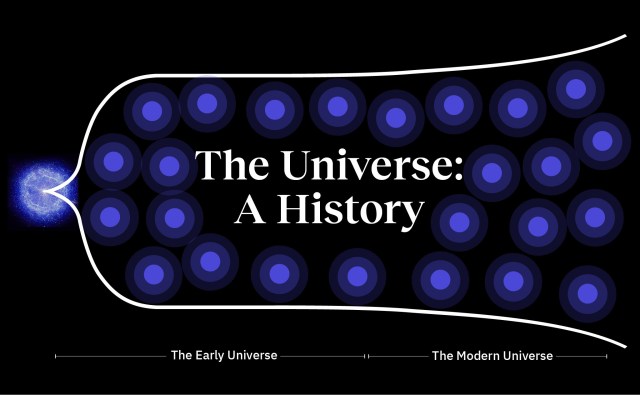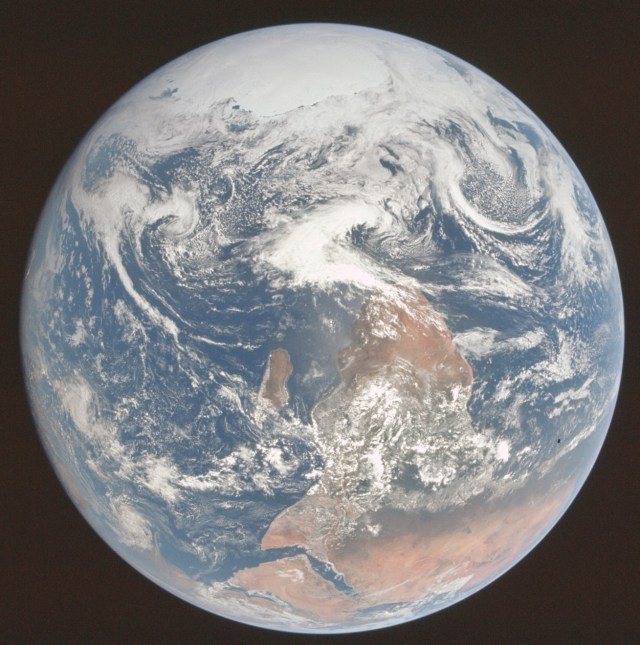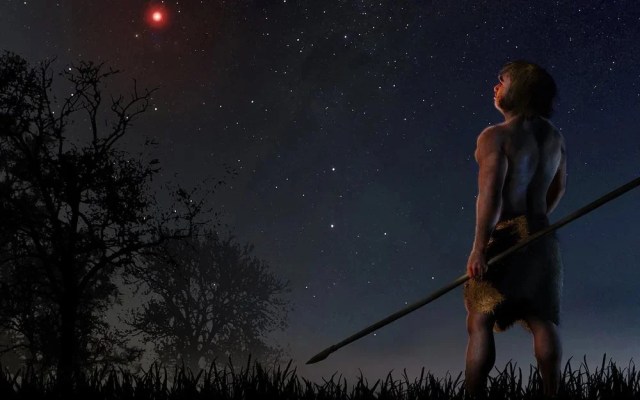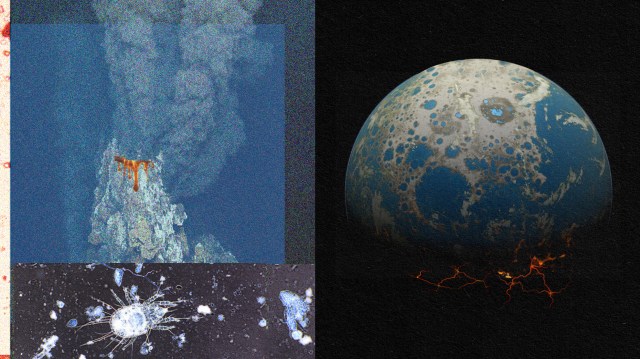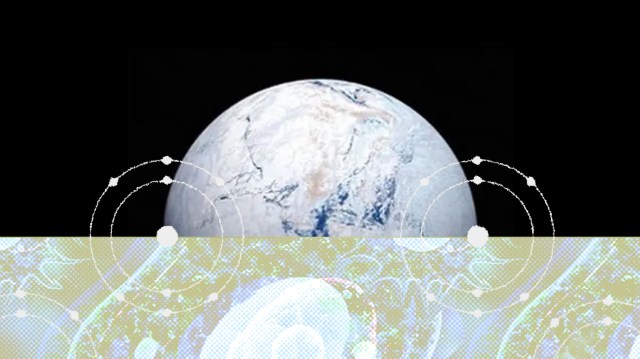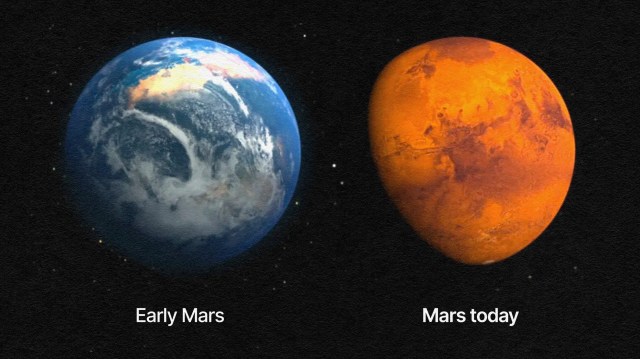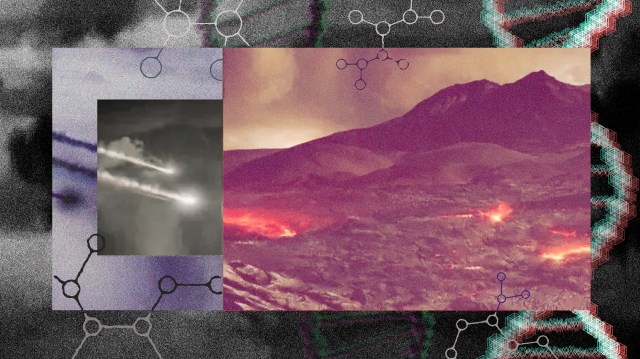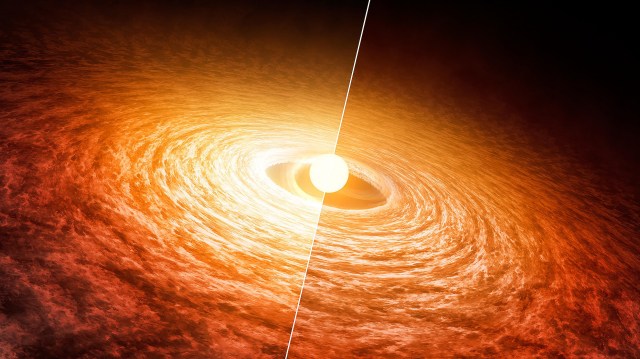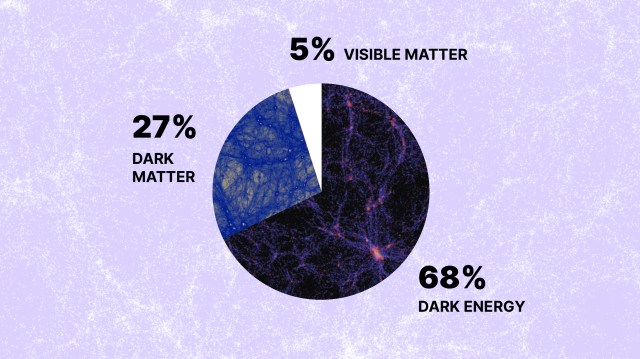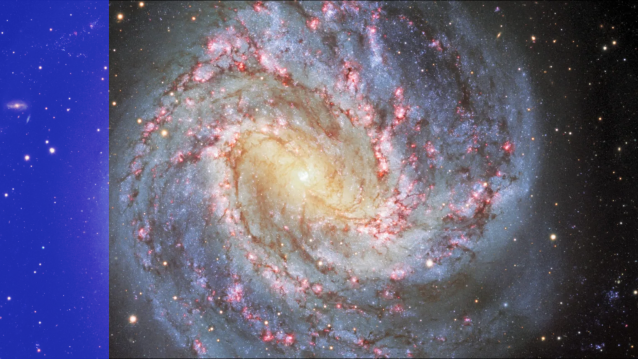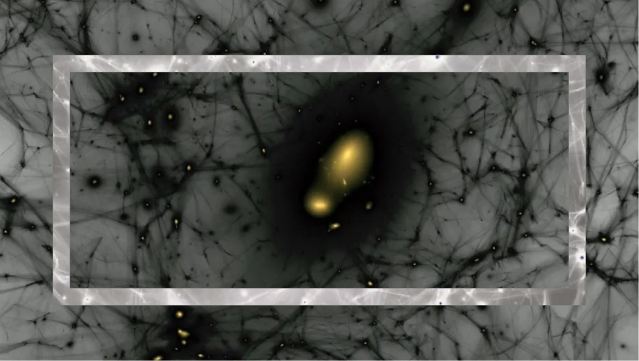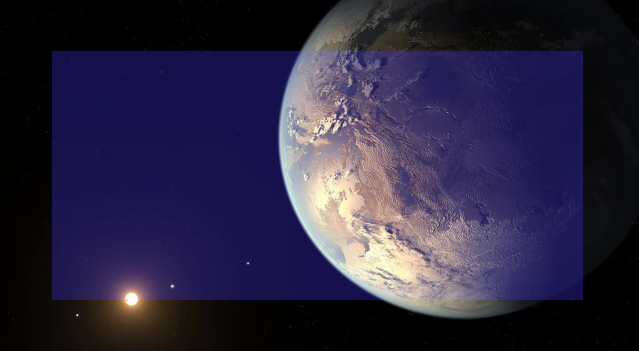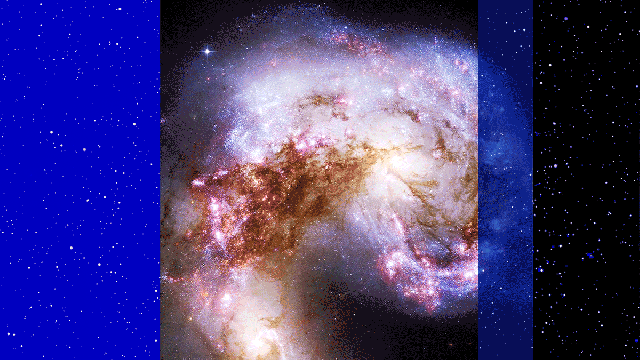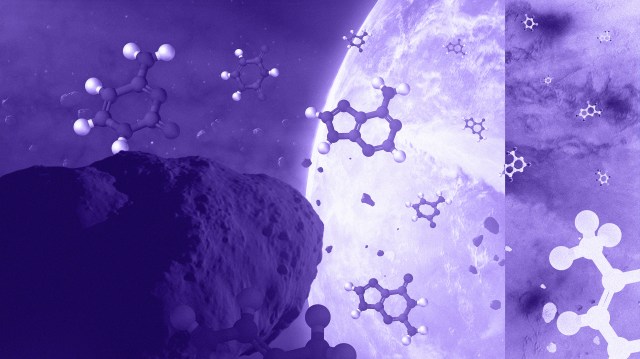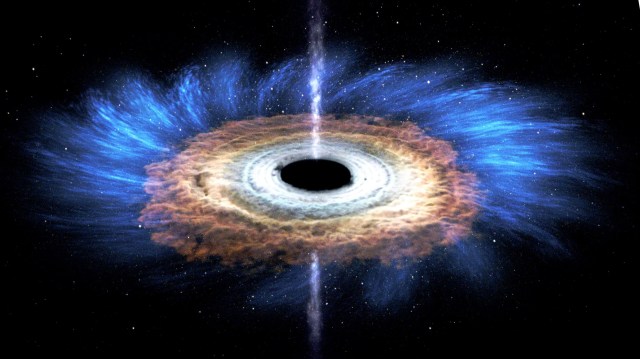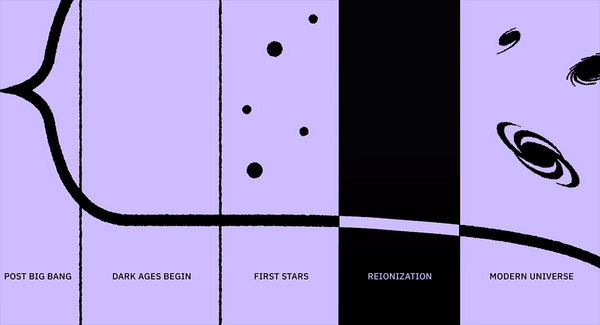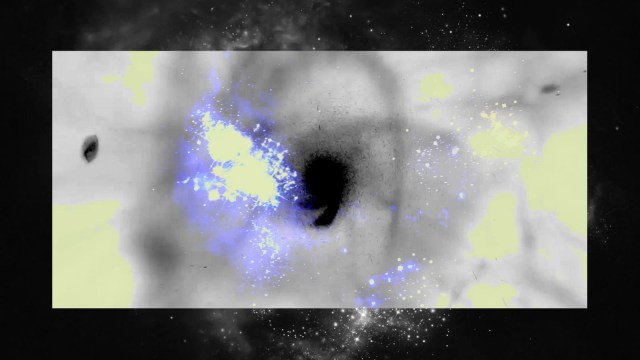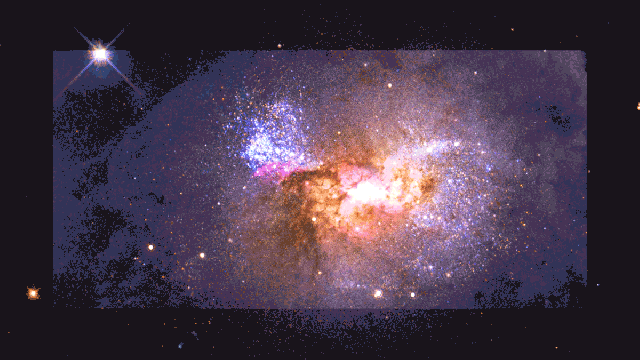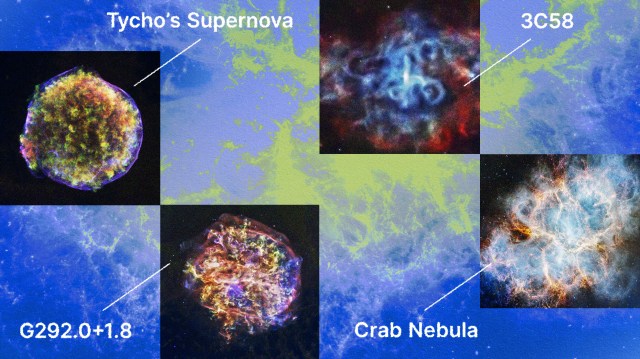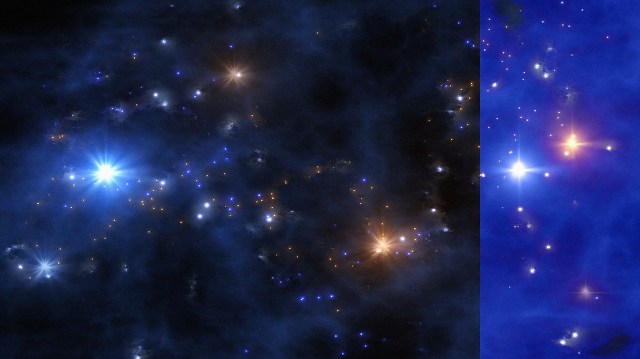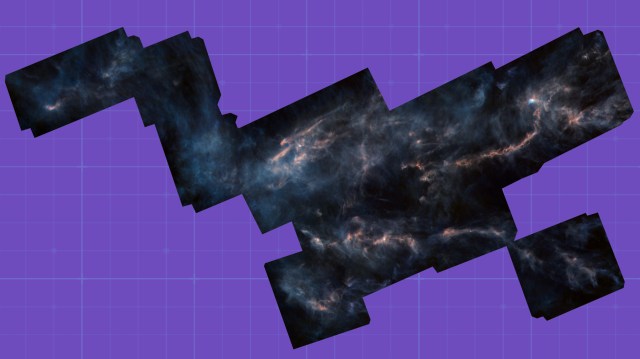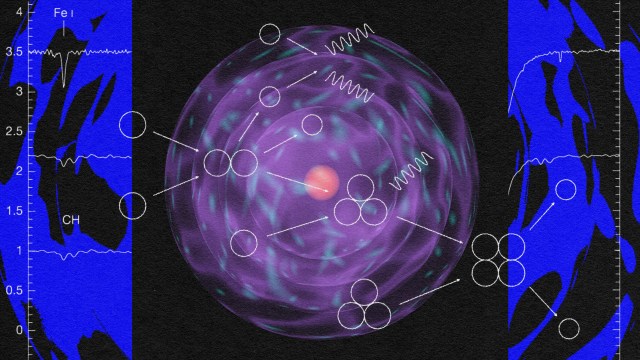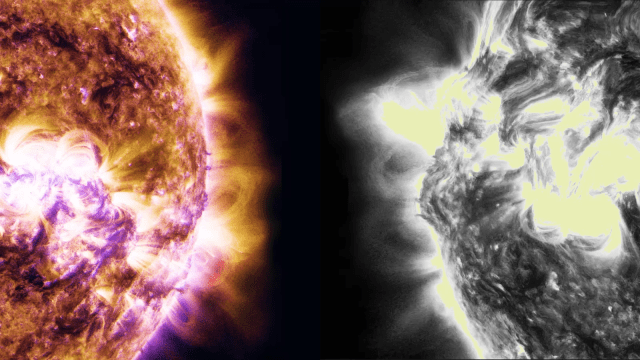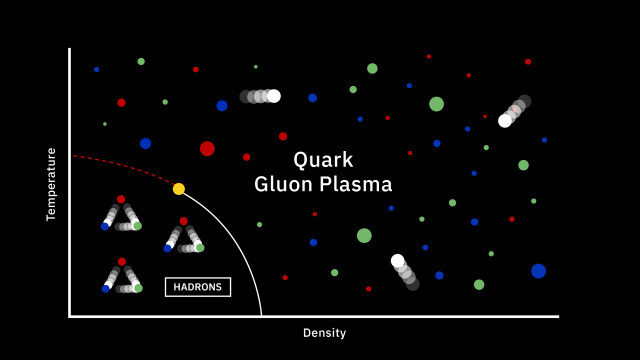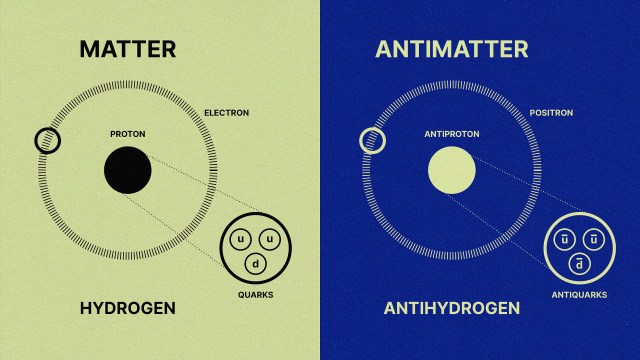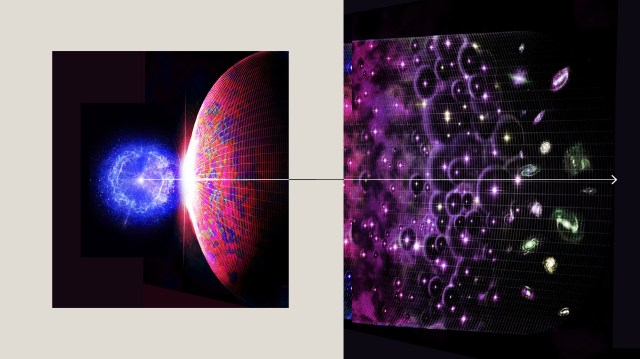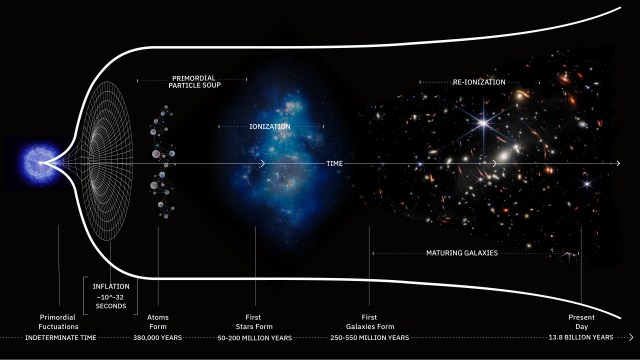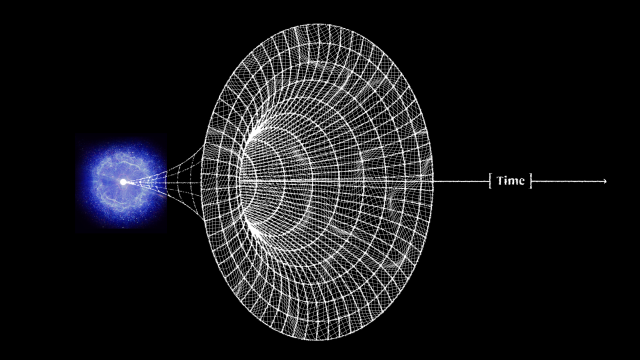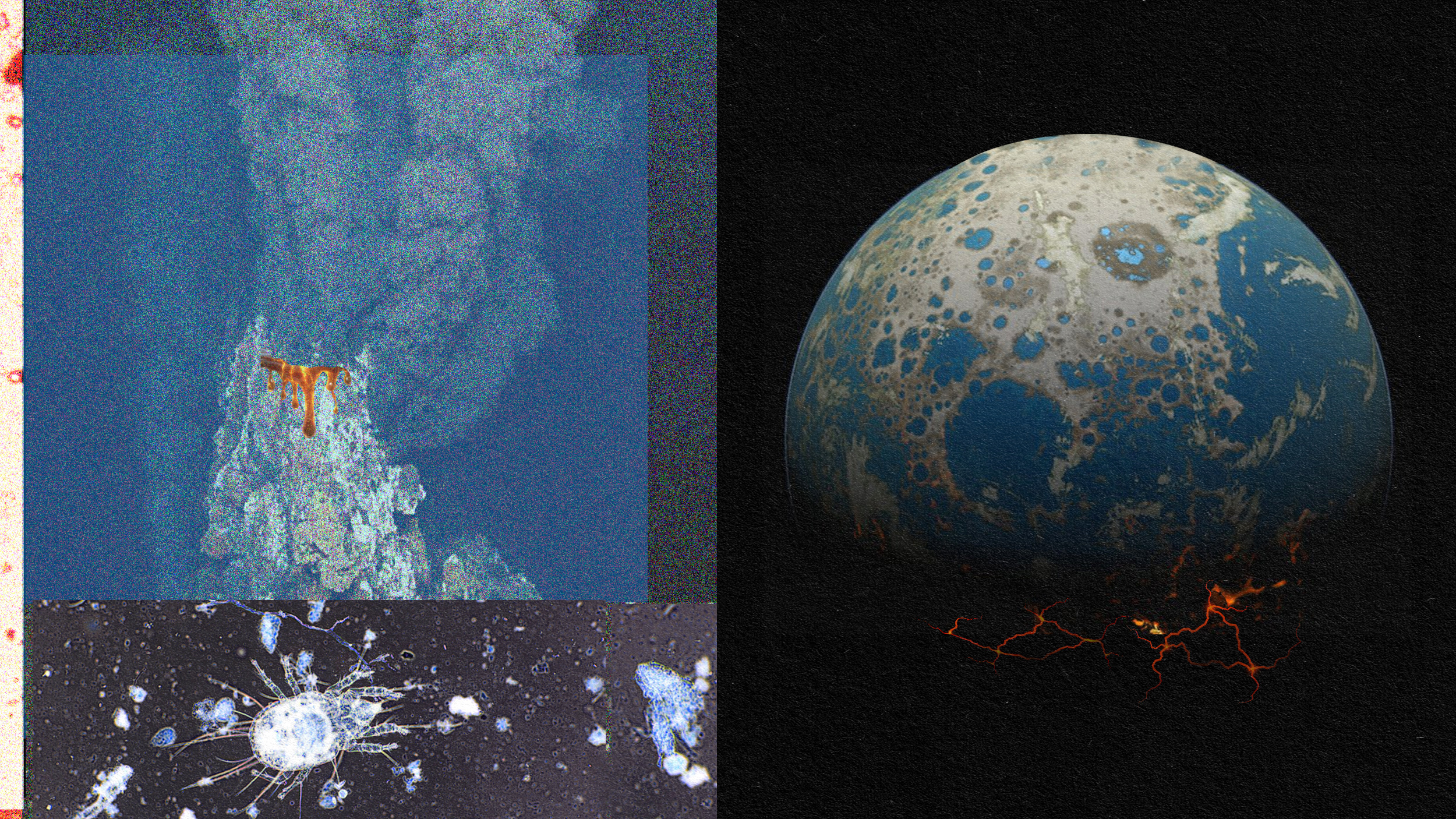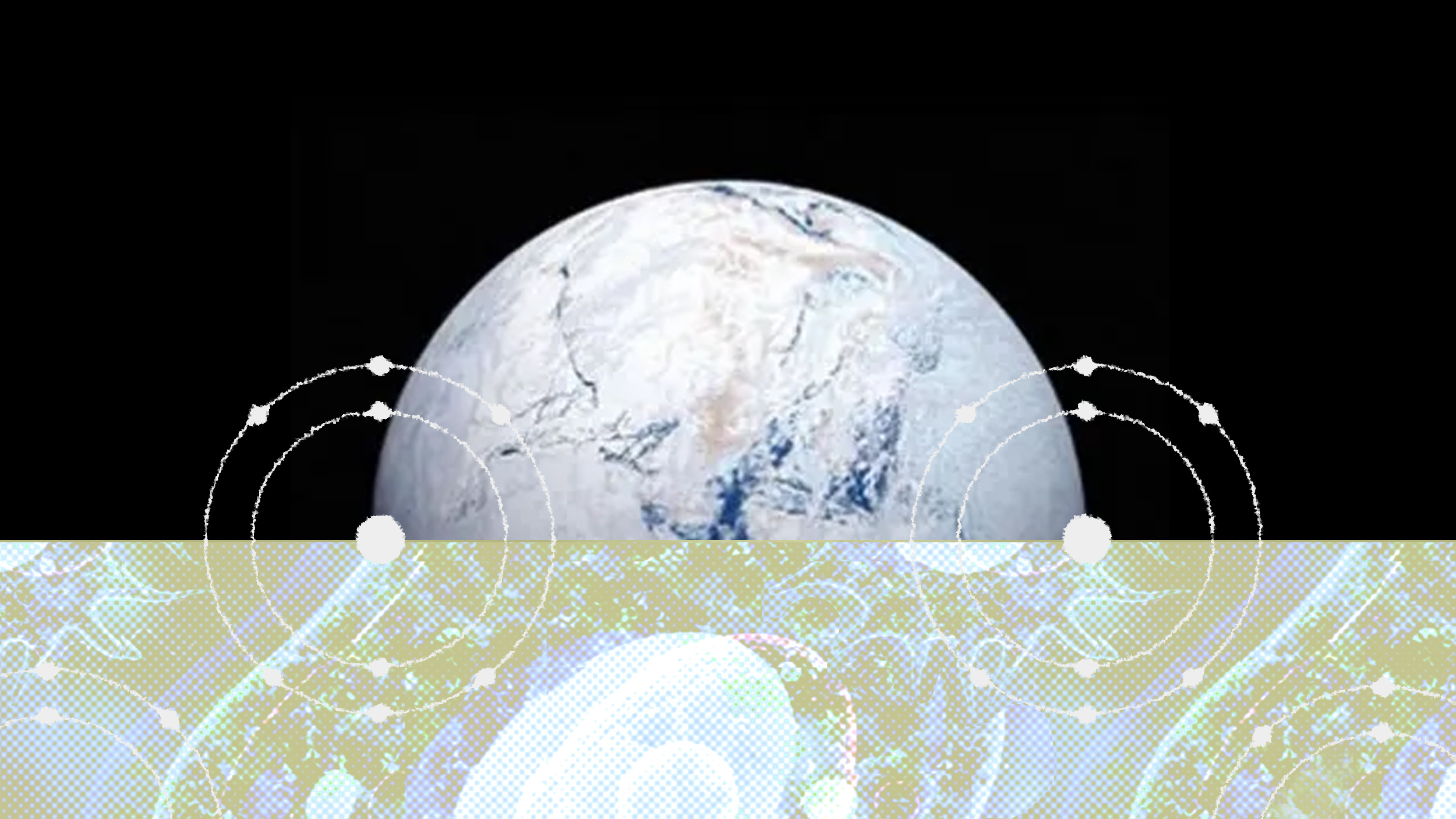What was it like when mammals appeared and thrived?
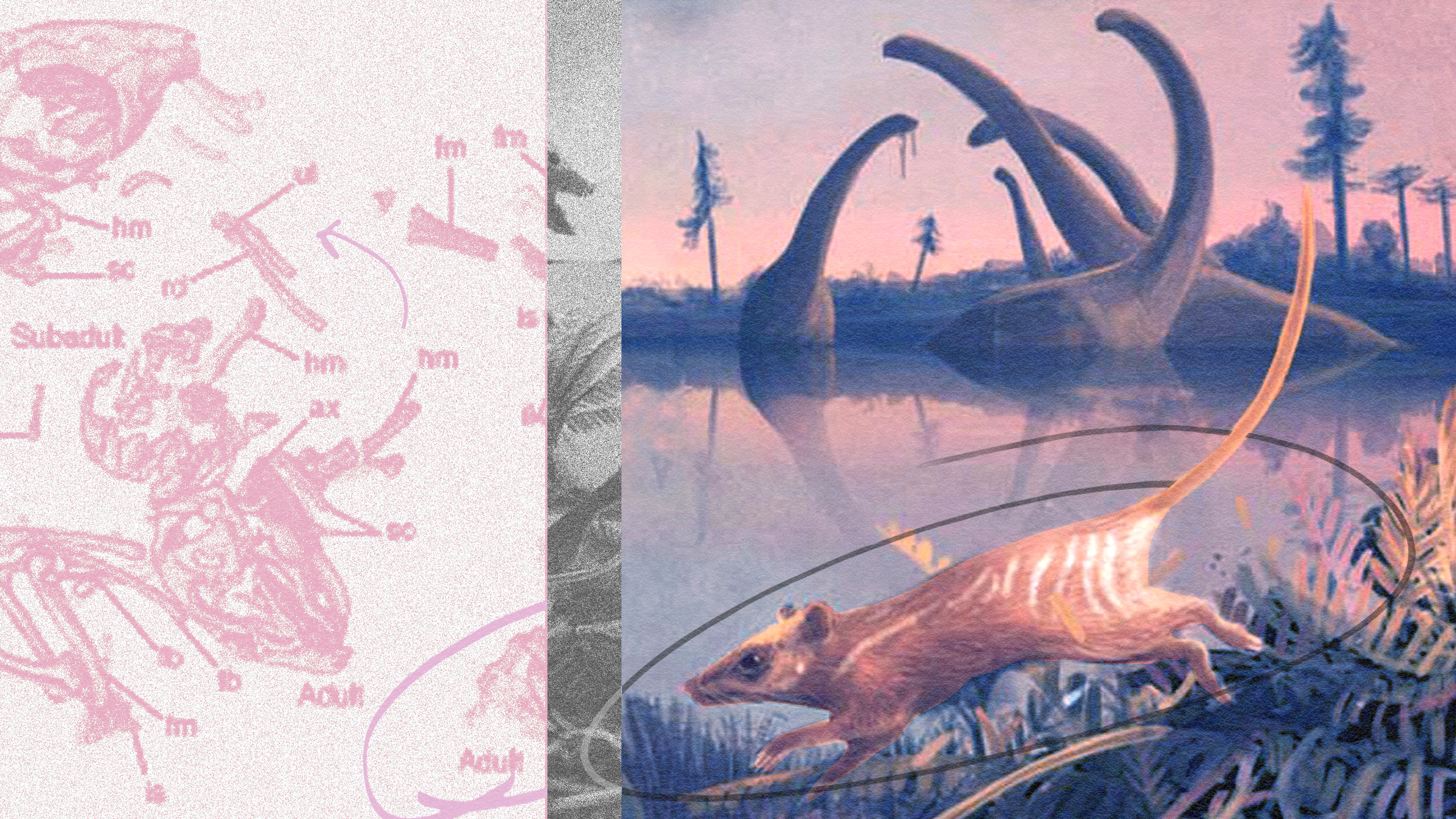
- Even after life became complex and differentiated, and animals overran both the oceans and continents, mammals wouldn’t arrive until relatively recently in natural history.
- It wasn’t until a mass extinction event took away most of the dinosaurs and reptiles that mammals finally emerged as a megafaunal species, rising to prominence only over the past ~65 million years.
- Our own story, as human beings, can trace its roots back to the story of mammals on Earth: a connection we share with all of our varied and diverse evolutionary cousins.
The evolution of life on our planet didn’t take an inevitable course to bring human beings about, but rather appears to have led to us through a series of remarkable but not necessarily mandatory events. When planet Earth first formed, all the raw ingredients for life to emerge — atoms, molecules, a potentially habitable planet at the right distance from its star — were serendipitously in place. While life itself arose relatively quickly (within the first few hundred million years) on Earth, it took billions of years for that life to become complex, differentiated, and macroscopic. The four key developments that took us there were:
- horizontal gene transfer, enabling an organism to gain useful genetic sequences from other species,
- eukaryotic cells, whereby individual cells come to possess their own specialized organelles, enabling the performance of unique functions,
- multicellularity, allowing further specialization and differentiation,
- and sexual reproduction, enabling slowly-reproducing organisms to have dramatically different DNA sequences and physical traits from their parents, increasing their odds of survival.
All of this, in tandem, led to the Cambrian explosion some 550-600 million years ago. But mammals wouldn’t emerge for several hundred million years to come, and the rise of those warm-blooded mammals to prominence on Earth would take nearly another half-a-billion years. Here’s the story of how we first appeared and thrived.
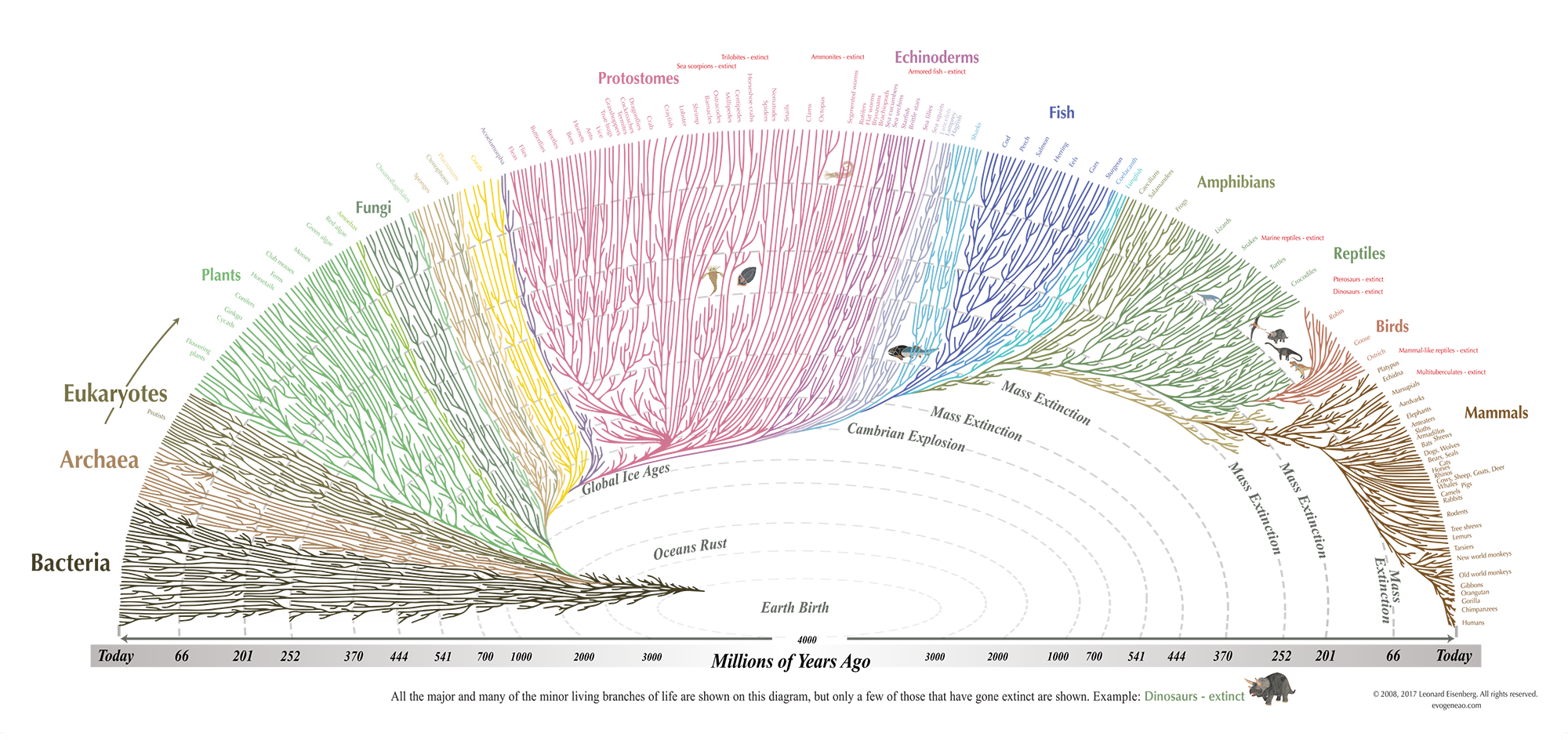
Biologically, we classify organisms by how closely related they are to one another: both genetically and through their evolutionary traits. It’s hard to imagine today, given the diversity among protists, plants, animals, and fungi, but it was only approximately 1.5 billion years ago that eukaryotic life diverged into multiple kingdoms; previously, there were only protists. While life always has the potential to mutate and evolve to become competitive in a variety of ecological niches, it’s very difficult to displace an already-established organism that successfully occupies the niche in question. In the absence of a huge selection pressure, the already-dominant species tends to remain dominant.
From an evolutionary perspective, what often serves as a catalyst for exactly that type of change is an extinction event. This can come from a variety of events, either internal or external to Earth, that results in the demise of a large percentage of species. While a snowball Earth scenario, caused by photosynthetic organisms poisoning their environment with oxygen, may have played a critical role more than 2 billion years ago, the emergence from a later snowball Earth (or a severe, widespread glaciation) may be precisely what led directly to the later Cambrian explosion.
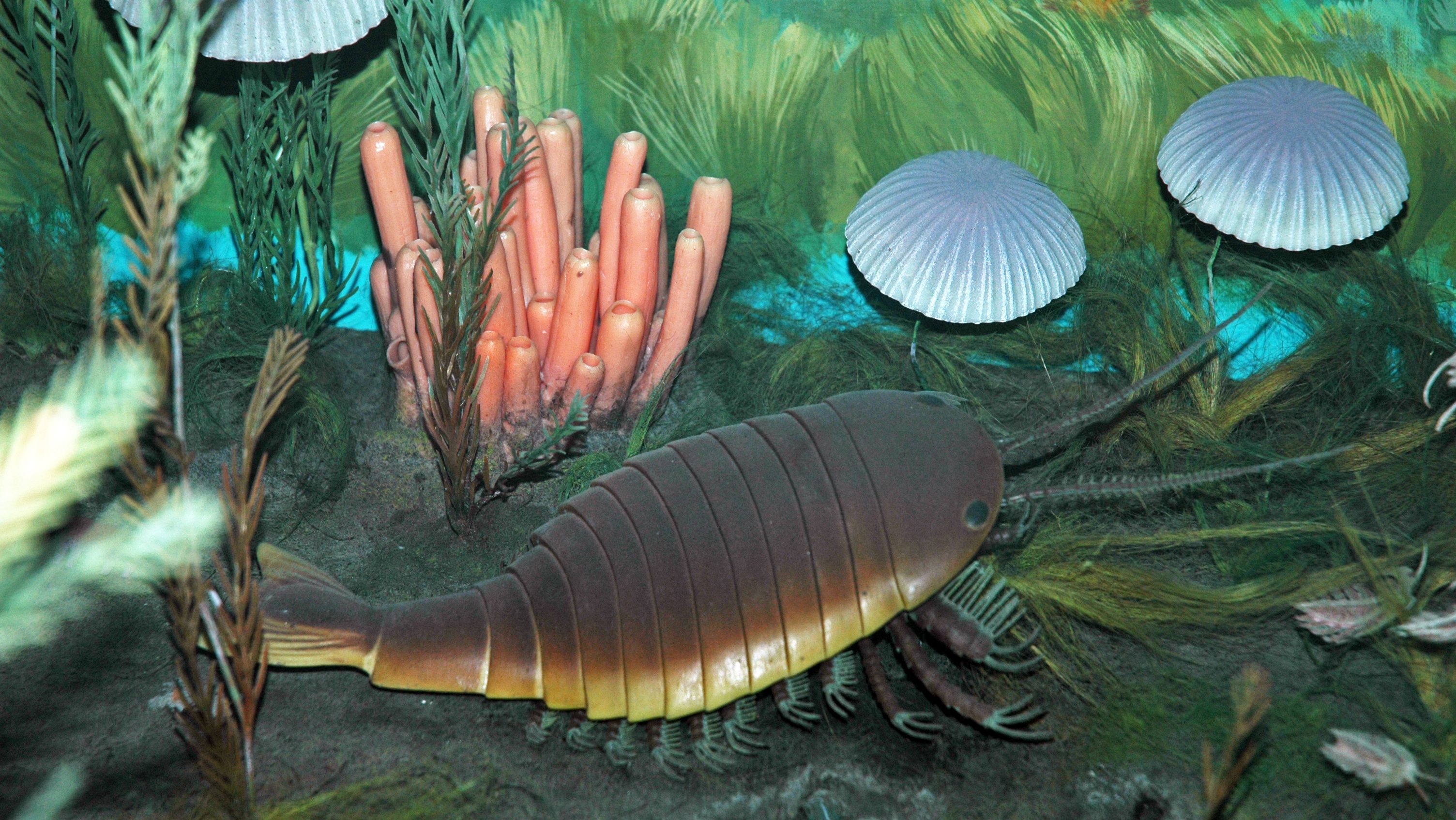
Some critical stages that occurred in the millions of years just preceding the Cambrian explosion are as follows.
- The development of bilateral symmetry, leading to animals with tops and bottoms as well as fronts and backs; worms, dating to around 600 million years ago, may have been the very first creatures to exhibit this.
- Deuterostomes (which includes all animals with spinal cords) and protostomes (which includes insects, crustaceans, and arachnids) appeared for the first time some 580 million years ago.
- And the first animal trails, suggesting that these creatures were moving under their own power, came into being some 565 million years ago.
At the start of the Cambrian explosion, organisms that we now consider very primitive — jellyfish, starfish, arthropods, and mollusks — were the dominant forms of life.
Only a short period of time later, around 540 million years ago, the first true vertebrates arose. These early chordates mark the first appearance of the human phylum: chordata. The earliest fossils with bony and cartilaginous spinal columns resembled lampreys, hagfish, and eels. Everything from sharks to tortoises to peacocks to humans can trace their ancestry back to these earlier, more primitive creatures, as all animals with spinal cords now descend from them.
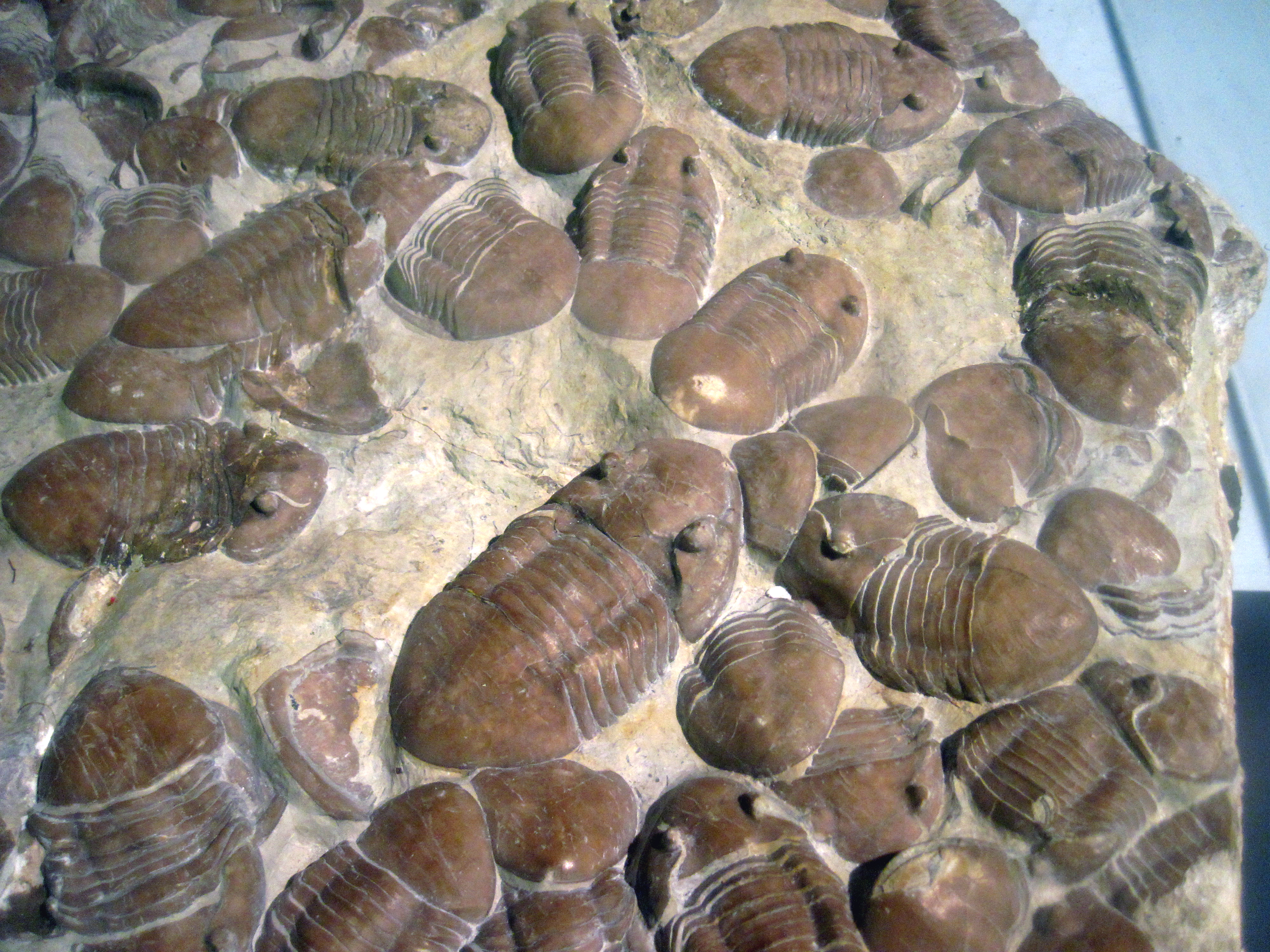
Over the next 10 million years, a great diversity of body types begin to appear in the fossil record, including the first appearance of trilobites: a form of life that would persist for hundreds of millions of years. These invertebrates, which looked like enormous, 70 cm (a little over two feet) long lice, would remain the dominant form of animal life in the ocean for approximately the next 200 million years.
However, plant and animal life wouldn’t remain confined to the ocean alone for long. Approximately 500 million years ago, the first animals began exploring the land. 470 million years ago, plants followed suit, quickly colonizing the coastal areas and a little later, the entire continental surface. 460 million years ago, fish split off into bony fish (like salmon, trout, tuna, and most of the fish with scales) and cartilaginous fish (like sharks, with cartilage-based skeletons instead of bone).
Ocean life remained the dominant form of life on Earth, even after the great end-Ordovician mass extinction 440 million years ago. Theorized to be caused by a rapid ice age, wiping out some 86% of all species, this event led to an opening of a large set of ecological niches, which would soon be filled by new forms of life. Some of the surviving fish became lobe-finned fishes (with bones in their fins), which would soon evolve into amphibians, reptiles, dinosaurs, birds, and mammals, while others became ray-finned fishes, which evolved into most modern fish. So-called “living fossils,” like coelacanths and lungfish, evolved 420 million years ago from the lobe-finned fishes. Their descendants remain, largely unchanged, even today.
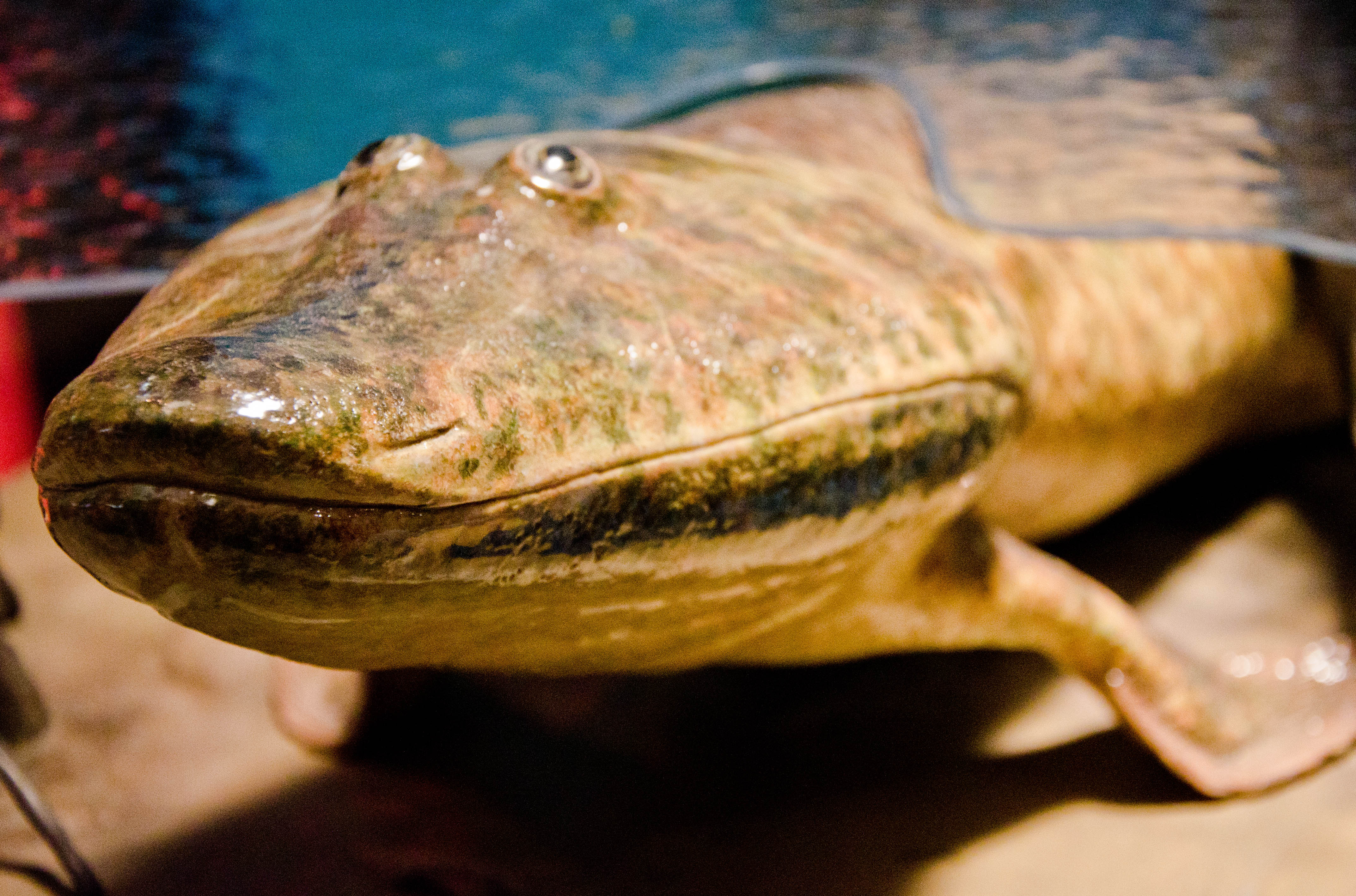
Meanwhile, around 400 million years ago, an enormously important chain of events gets set into motion. The first insects evolve, while the land plants begin to develop woody stems. Right around the same time, the first four-legged animals evolve, moving from freshwater habitats onto land. These tetrapods, once arriving on land, would never be successfully displaced by any other organism, despite all the extinction events that have subsequently occurred. Trees must have developed only shortly thereafter, as the oldest fossilized tree presently dates to 385 million years ago. Plants and animals, on continental land as well as in the oceans, were thriving.
And then, about 375 million years ago, the next great mass extinction occurred: the late Devonian extinction. It’s hypothesized that a rampant series of algal blooms sucked the oxygen out of the oceans, leading to the suffocation and demise of around ~75% of all marine species on Earth at that time. However, great extinction events are almost always followed by life resurging in quantity, biomass, and diversity. After another 35 million years, around 340 million years ago, the amphibians rose to prominence. Dimetrodon, a large, carnivorous reptile, became the dominant apex predator on land contemporaneously, where it ruled for tens of millions of years.
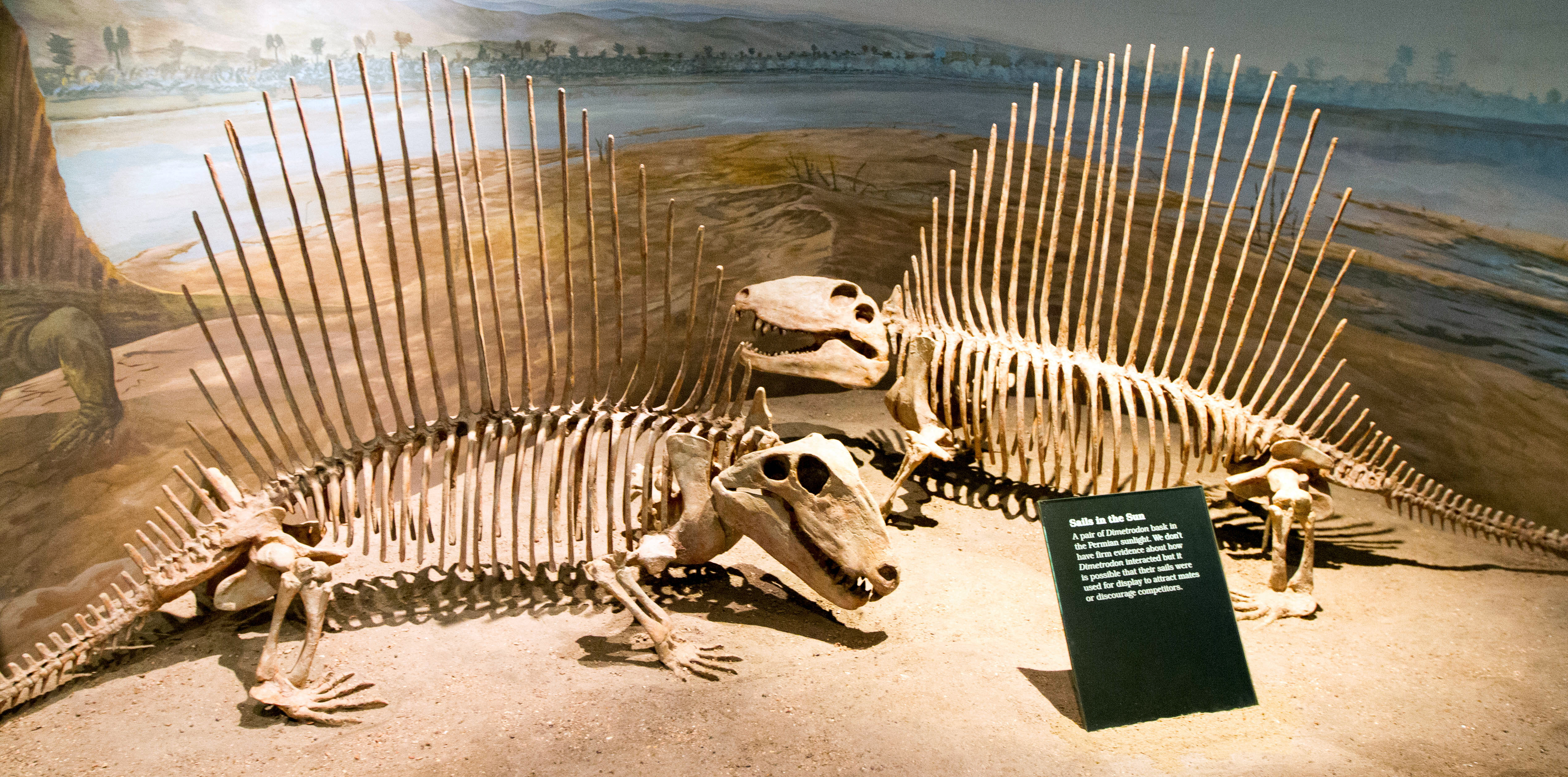
310 million years ago, an important evolutionary split occurred: between the sauropsids, which would become the modern reptiles, dinosaurs, and birds, and the synapsids (including dimetrodon), which were reptiles with distinctive jaws. These latter reptiles would eventually evolve into all the mammals ever to populate Earth. Dimetrodon-like animals and their close cousins, the later-arising therapsids (first appearing ~275 million years ago), are the dominant synapsid land animals at this time. As trees overrun the continental Earth, oxygen levels rise to their highest in Earth’s history: about 35%, as opposed to the modern-day value of around 21%. These high oxygen levels allowed animals to achieve giant sizes, including creatures very similar to modern-day dragonflies, millipedes, and scorpions.
And then the biggest mass extinction ever known on our planet occurred: the end-Permian extinction, also known as the Great Dying. Although its cause is still unknown, an abrupt loss of biodiversity occurred 250 million years ago, causing a whopping 96% of species on Earth to cease to exist. The last of the trilobites, hanging on but with their population devastated by the previous mass extinction, are driven out of existence. Dimetrodon and its large relatives are all wiped out as well; only a few therapsids barely survive.
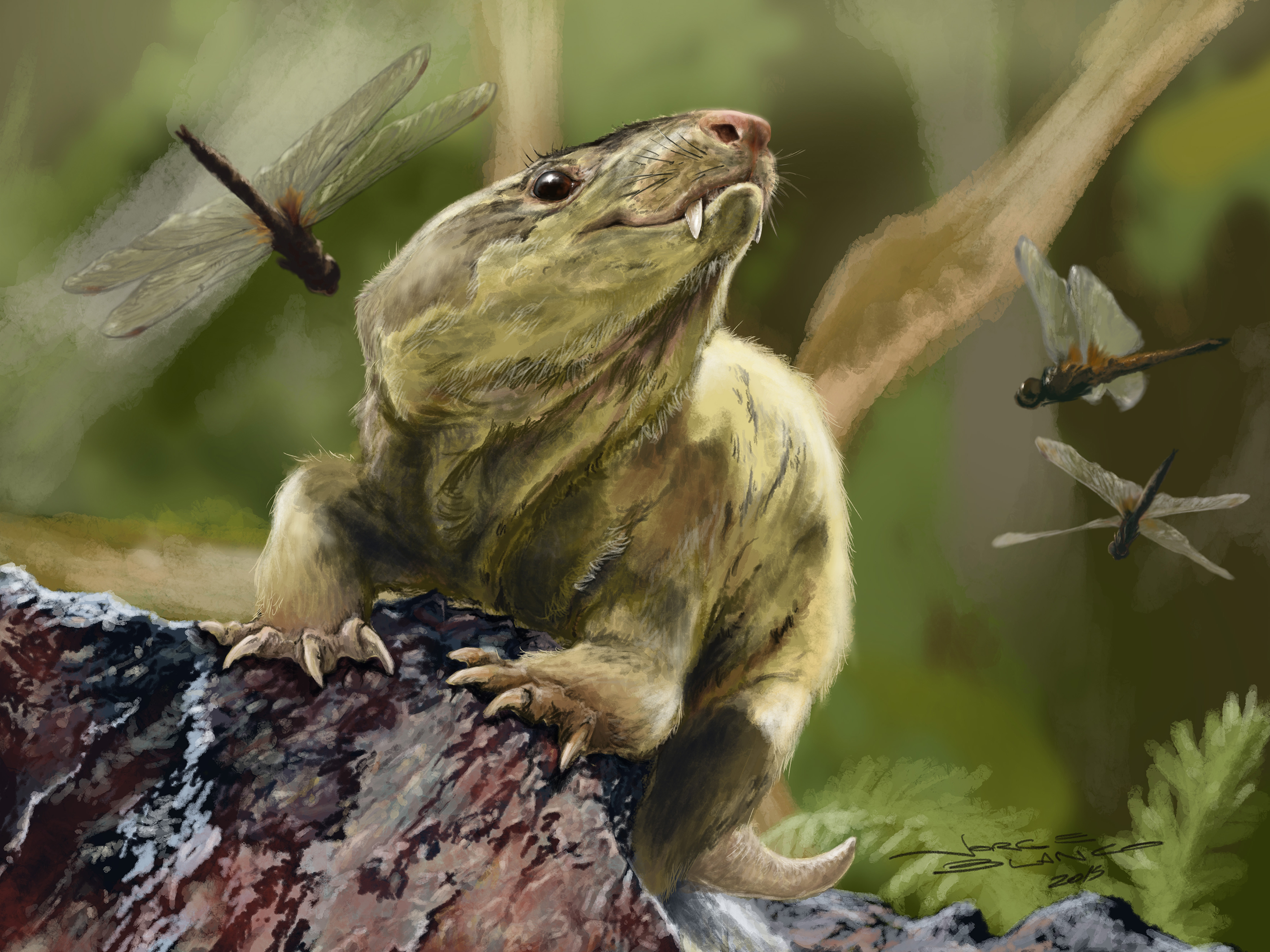
But the reptilian sauropsids, previously having been overshadowed by the larger and more successful synapsids, now rise to dominate the world. The explosion of sauropsids heralds the rise of dinosaurs and large ocean-dwelling reptiles, with the synapsids — which would eventually become our mammalian ancestors — surviving as small, nocturnal creatures. The cynodonts, a form of therapsid, first arose just before the Permian extinction: around 260 million years ago. The cynodonts developed dog-like teeth, and their descendants became the first warm-blooded creatures on Earth: approximately 200 million years ago. The end-Triassic extinction, concurrent with this development, wipes out 80% of species; again, this event has no identifiable cause at present.
On land, in the aftermath of the end-Triassic extinction, the dinosaurs became the dominant form of animal life, roughly 200 million years ago. Shortly thereafter, the first bird-like features began appearing in certain populations of dinosaurs, including
- bird-like footprints,
- evidence of feathering,
- and vestigial wings,
the last of which helps running animals maintain balance. Large crocodiles evolved, and with their arrival, the last remaining giant amphibians disappear. Cynodont-descended mammals continued to survive while most other synapsids go extinct. Around 180 million years ago, the monotreme (egg-laying) mammals, including the duck-billed platypus and echidna, split off from the rest of the mammals; 140 million years ago, the mammals further diversify into marsupials and placental mammals.

In the plant world, conifers begin this era as the dominant form of tree, but soon a new set of competitors arise: the angiosperms and other flowering plants. Coming onto the scene some 130 million years ago, they quickly come to outcompete the conifers, especially in hotter, sunnier climates, eventually coming to dominate the Cretaceous. In the oceans, the great marine reptiles — the plesiosaurs — rise to prominence, joined by other animals such as ichthyosaurs, ammonites, squids, and octopi.
By the time another 30 million years have passed, bringing us to just 100 million years before the present, the largest, most famous dinosaurs now dominate the landscape, including the tyrannosaurids (the forerunners of Tyrannosaurus Rex), the ceratopsians (predecessors of Triceratops), and the largest land animals of all-time, sauropods such as brachiosaurids and titanosaurs. The skies are filled with flying birds, and pterosaurs, as well as insects, suggesting a rich and biodiverse planet. The world starts cooling at approximately this time, leading to a slow decline in number and a decrease in size of many of these animals. Many birds become smaller and occupy a diversity of ecological niches. But perhaps the most interesting developments occur among a much smaller group of animals: our mammalian ancestors.
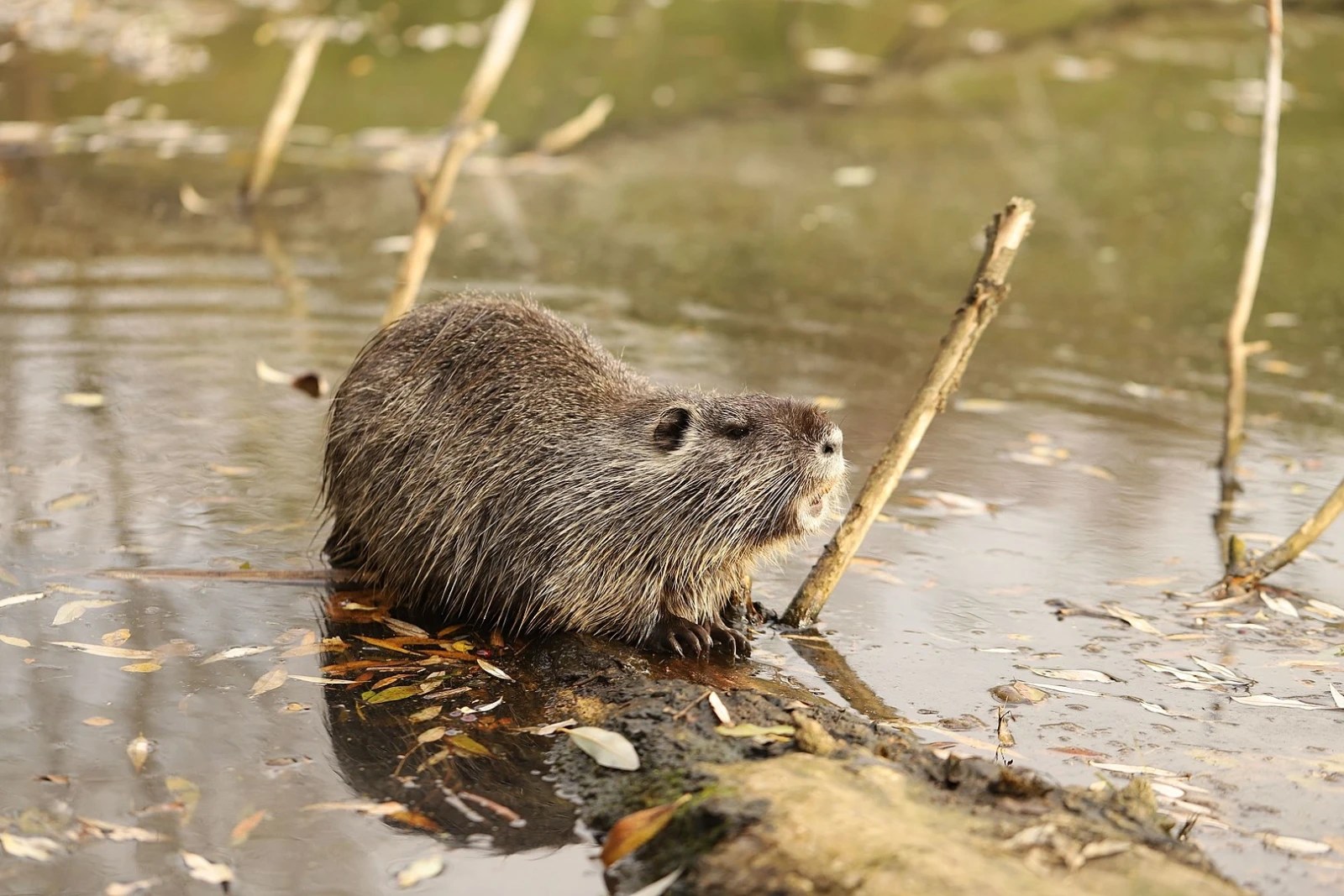
Some 95 million years ago, an evolutionary split occurs among the placental mammals, giving rise to:
- the laurasiatheria (horses, pigs, dogs, bats, etc.),
- the xenarthra (like anteaters and armadillos),
- the afrotheria (such as elephants and aardvarks),
- and the euarchontoglires (including primates, rodents, and lagomorphs).
75 million years ago, another split occurs, as the ancestors of modern primates split off from the remaining euarchontoglires, while the rodents become the most biologically successful mammal: eventually coming to compose a full 40% of all modern mammals.
Among the plants, another leap forward occurs just 70 million years ago, as the first grasses evolve. Just another 4-to-5 million years later, however, the most catastrophic event to affect Earth over the past 100 million years occurs: the end-Cretaceous extinction, triggered by an enormous asteroid strike that slammed into the Gulf of Mexico and the Yucatan peninsula, creating Chicxulub crater in the process. Although the Deccan traps and other volcanic activity certainly played a role in the steady decline of dinosaurs during the late Cretaceous, the arrival of a massive asteroid left telltale, iridium-rich layer ashy deposits all over the world. This giant impact triggers an extinction event that wipes out huge classes of species of animals: all of the non-avian dinosaurs, all of the pterosaurs, ichthyosaurs, and plesiosaurs, the last of the giant reptiles, as well as all of the ammonites. All told, 75% of all species in the world go extinct at this time.
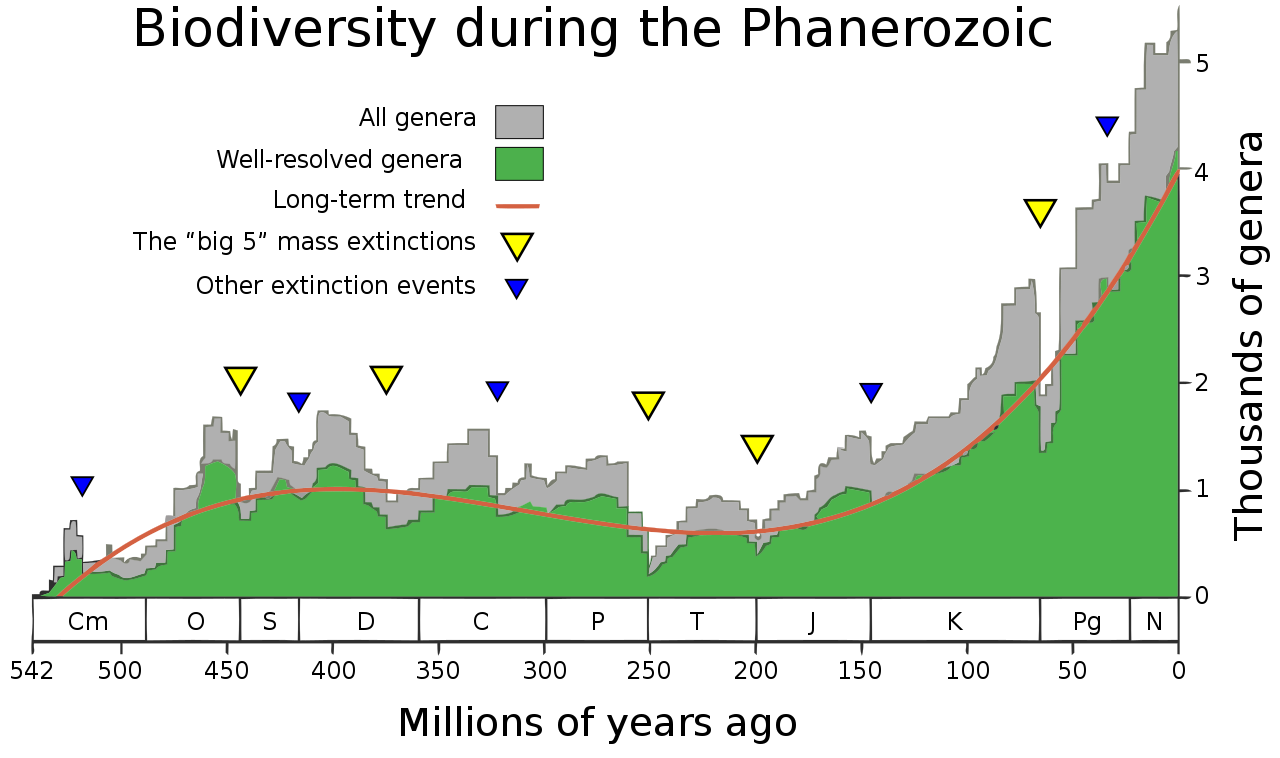
Abruptly, 65 million years ago, the fossil record shows a sharp transition in terms of the sheer size of animals that survive. With the rare exception of a few animals like leatherback sea turtles and crocodiles, no creature weighing more than 55 pounds (about 25 kg) survives this extinction event. But the small mammals are among the survivors, and are among the creatures least affected by this catastrophe. In short order, the mammals would go on to dominate the land population of animals, joined by the birds. As is often the case, a large extinction event clears the way for new species to develop and grow to prominence. Having thoroughly diversified to occupy a variety of niches already, the mammals were poised to make that enormous leap.
Compared to a 13.8 billion year-old Universe, a short interval of 65 million years is practically nothing. When we look back 65 million years from the present day, we find that 99.5% of the Universe’s history has already unfolded, and yet the ancestors of what would soon become modern humans were no better developed than a modern-day lemur. Complex, differentiated animals had already existed for half-a-billion years, but it seems to be mere chance that led to the rise of an intelligent, technologically-advanced species like us. We do not yet know what secrets other planets hold as far as life’s development and evolution goes, but here on Earth, the most remarkable story of all was just beginning to get truly interesting.
